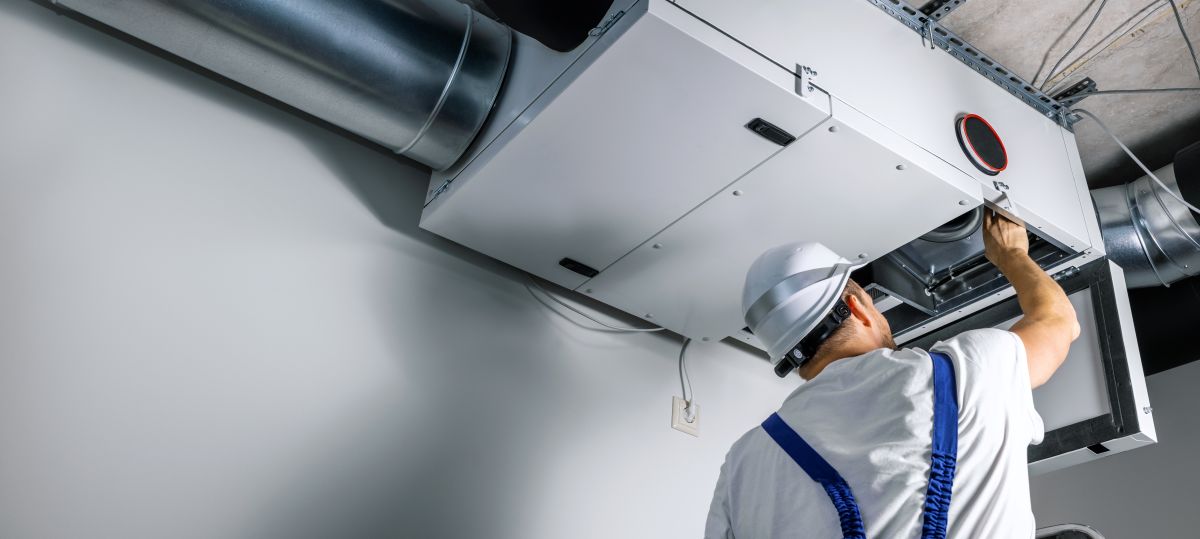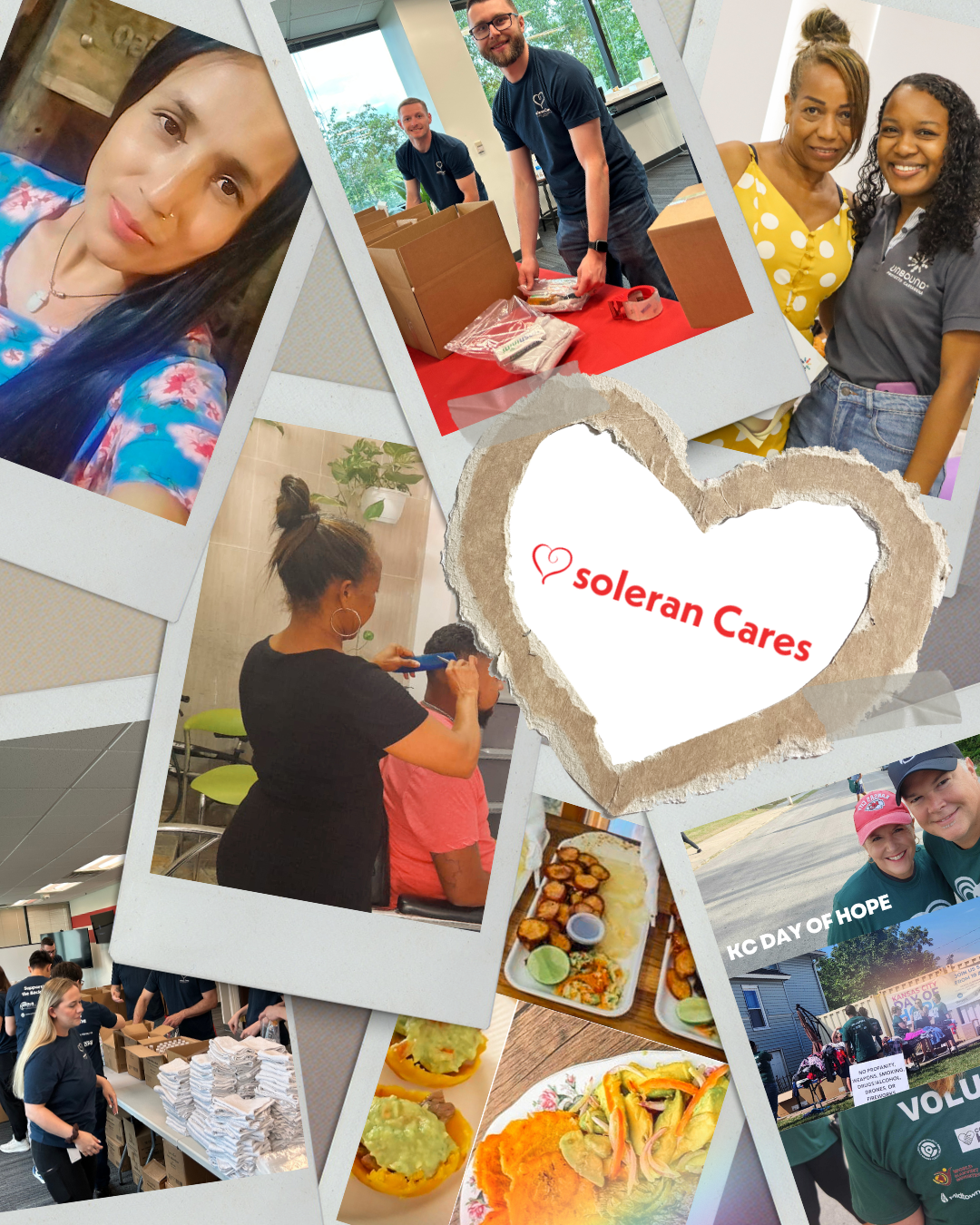What’s a Rich Text element?
The rich text element allows you to create and format headings, paragraphs, blockquotes, images, and video all in one place instead of having to add and format them individually. Just double-click and easily create content.
Static and dynamic content editing
A rich text element can be used with static or dynamic content. For static content, just drop it into any page and begin editing. For dynamic content, add a rich text field to any collection and then connect a rich text element to that field in the settings panel. Voila!
How to customize formatting for each rich text
Headings, paragraphs, blockquotes, figures, images, and figure captions can all be styled after a class is added to the rich text element using the "When inside of" nested selector system.
- This is a list item
- Another list item
- Numbered item
- Another numbered item
Some link
With the arrival of COVID-19, some concerns have been made evident regarding emergency preparedness in the hospital setting. One of the most apparent nationwide was the lack of personal protective equipment (PPE) available to staff in the healthcare field. This escalated to the point of instances of staff members standing outside facilities protesting with signs asking the public for help in providing PPE. Obviously, healthcare and their suppliers were caught off guard for a situation that required daily protective gear for staff. This is the first time in history our healthcare system needed to respond in such a manner. Prior epidemics did not have the increased measures in place or the requirement to do so, unless there was a specific case.
Another area was the many different emergency responses from healthcare facilities. Buildings (even in the same geographic regions) were responding to the pandemic in completely different ways. For example, one facility directed all patients, staff, and visitors through a single entrance. A second facility, two miles away, had three clear and separate entrances--one for staff, one for visitors/patients, and one for critically ill patients. The first facility, being the only cancer center in the region, has a separate entrance directly to the cancer center. However, with their emergency response to use one entrance, they directed cancer patients to enter among visitors, staff, and critically ill patients. In this case, it’s obvious the first building had a “knee jerk,” reaction to the response. The second building took time to methodically and accurately utilize their emergency preparedness process and identify the best ways to protect both the facility and patients.
The last area identified is communication. During these times, there has been so much miscommunication occurring. Unfortunately, instances where the public health department would report one number of confirmed cases, the healthcare facility would report a different number and the news would report an even different number altogether have become commonplace. At the very start of the epidemic, a facility reported 12 active cases and through social media and the news, it was reported as 71 active cases. This is just one example of skewed numbers being presented. There are many more cases showing that they were not using their HICS forms accurately to help monitor communications between facilities, public health, and the media. Additionally, facilities were not accurately monitoring their social media to help minimize misinformation being provided by public posts and responses.
Here are some possible emergency preparedness solutions to help you during future pandemics. Keep in mind that they are not all-inclusive, but can help give you a direction in the future.
PPE Supplies
- During normal operating times within a facility, staff have direct access to PPE. During the initial stages of COVID-19, there were instances when individuals were taking advantage of their access and taking supplies to other departments or offsite. Work with your supply manager to help limit the supplies being transported to the floors. Only use what is essential. Identify within your facility what would be the best process to ensure you’re providing the correct number of PPE, safeguarding your supply levels, and maximizing them to their fullest.
- Work with your local coalition to assist you in advocating for state PPE strategic stockpiles to be increased to help minimize future shortages.
- Take a hard look at your internal disaster supplies on hand before the outbreak and identify what your needs are in the future. Don’t focus on a 96-hour window, since suppliers weren’t able to meet the demands. Work towards a 7 to 14-day window.
- Partner with other facilities in your area and emphasize the need to rely on each other. Communications between facilities started to break down and they became siloed organizations.
Responses to the Pandemic
- Trust and rely on your HICS/Emergency Preparedness process. Utilize the experts available to you to come up with a workable solution and don’t be afraid to ask questions.
- Network with facilities in the area and share information on different ways they are approaching their sites regarding managing ingress within their facility. Many times, there are multiple ways to come to the same beneficial solution.
- Take the time to have a methodical approach to the situation and don’t be afraid to think outside the box. Don't respond just for the sake of responding as the first facility did above. That approach would only be correct for a security lockdown process, if you have low acuity patients.
- Treat your facility discussion as you would a team-building exercise. Don’t run the typical “1-hour hot wash” meeting followed up by emails. Use a moderator, whiteboards, sticky notes, whatever you think would work best for you and your team.
Communication
- Breakdown the communications that occurred within your facility into two parts. Identify which communications worked and were accurate. Identify which communications were misconstrued and deemed damaging to the organization or the community. Look at the process that occurred between the two and have your marketing team brainstorm on how to limit future issues.
- Suggest the nursing leadership and marketing team work together with your local public health department to identify communication breakdowns that occurred. It would be beneficial to have an open dialogue with your public health department on decisions that they made and how they affected your organization. Granted, this will also be done during your local coalition debriefing, but don’t let that stop you. It will allow you the opportunity to work one on one which is very beneficial.
- Contact your local coalition members and ask them to send you any breakdowns they may have had. This helps you identify any communication issues that were occurring within your facility that you may not have been aware of.
Once normal operations return, it is essential to devote many hours to identifying patterns and internal failures. It cannot be stressed enough that this process is approached in a non-punitive manner. If leadership feels like they cannot report their failures without the possibility of administrative retaliation, you will not get accurate information and the process has already failed.
Please keep in mind that we were more prepared to respond to this pandemic than many other countries with preparations we already had in place. For example, temporary hospitals were set up that never saw a patient, and PPE shortages were responded to immediately. However, we also quickly realized we still need more preparation. We will always strive for better results not only to help our present generation but to help protect future generations to come.
About the author

Lance Woolf
Director of Life Safety Compliance
Former Joint Commission Life Safety Code Surveyor with over 17 years of experience in healthcare.










.svg)














.svg)






.svg)
.svg)
.png)